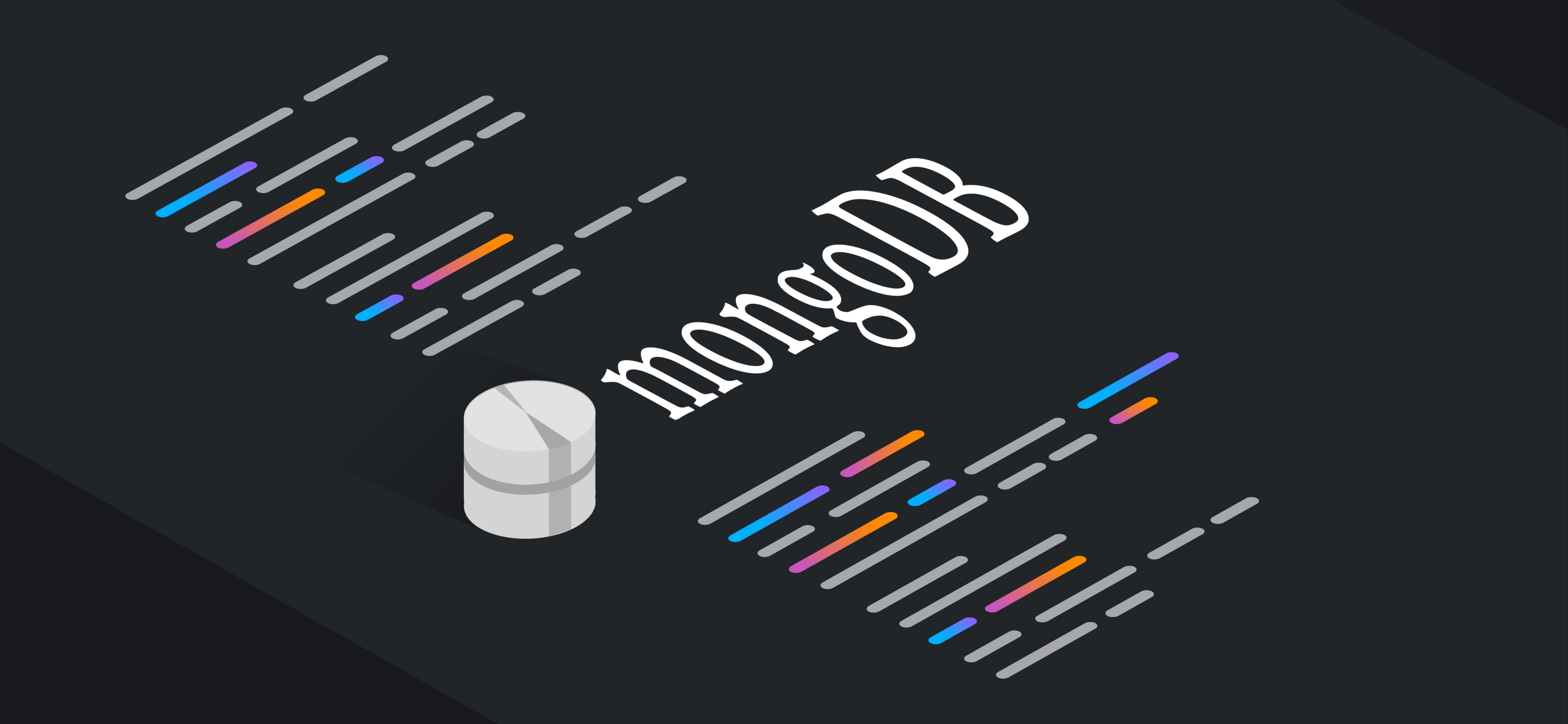
Introduction
MongoDB, a popular NoSQL database, provides flexibility and scalability for modern web applications. In this guide, we will explore how to use MongoDB with PHP, a widely used scripting language. We'll cover the necessary steps to establish a connection, perform CRUD operations, and leverage the power of MongoDB in your PHP projects.
Prerequisites
Before diving into MongoDB integration, ensure you have the following:
. MongoDB installed and running on your machine.
. PHP installed on your machine, preferably version 7 or above.
. Composer, a dependency management tool for PHP.
Step 1: Installing the MongoDB PHP Driver
The first step is to install the MongoDB PHP driver, which enables PHP to communicate with MongoDB. We can use Composer to handle the installation process efficiently. Open your terminal or command prompt and navigate to your project directory. Then run the following command:
composer require mongodb/mongodb
This command installs the MongoDB PHP driver along with its dependencies. Composer will create a
vendor directory containing the required files.
Step 2: Establishing a Connection
To connect to MongoDB from PHP, we need to create a new instance of the MongoDB client class. Open your code editor and create a new PHP file, for example,
connect.php. Add the following code:
<?php
require 'vendor/autoload.php';
use MongoDB\Client;
$client = new Client("mongodb://localhost:27017");
?>
In this code, we require the Composer-generated autoloader and import the
Client class. We then create a new instance of the
Client class, specifying the MongoDB server's connection URL. Adjust the URL if your MongoDB server is running on a different host or port.
Step 3: Performing CRUD Operations
Now that we have established a connection, let's explore how to perform basic CRUD operations using MongoDB with PHP.
Creating Documents
To insert a new document into a MongoDB collection, use the
insertOne() method. Here's an example:
<?php
$collection = $client->test->users;
$newUser = [
'name' => 'John',
'email' => '[email protected]',
'age' => 25
];
$insertResult = $collection->insertOne($newUser);
echo "Inserted document ID: " . $insertResult->getInsertedId();
?>
In this code, we select the
users collection within the
test database. We create a new document as an associative array and then use the
insertOne() method to insert it into the collection. Finally, we retrieve and display the ID of the inserted document using the
getInsertedId() method.
Reading Documents
To retrieve documents from a MongoDB collection, use the
find() method. Here's an example:
<?php
$collection = $client->test->users;
$documents = $collection->find();
foreach ($documents as $document) {
echo $document['name'] . ': ' . $document['email'] . "\n";
}
?>
In this code, we retrieve all the documents from the
users collection. We iterate over the result using a
foreach loop and access specific fields, such as the
name and
email, to display their values.
Updating Documents
To update documents in a MongoDB collection, use the
updateOne() method. Here's an example:
<?php
$collection = $client->test->users;
$updateResult = $collection->updateOne(
['name' => 'John'],
['$set' => ['age' => 30]]
);
echo "Modified " . $updateResult->getModifiedCount() . " document(s).";
?>
In this code, we update the
age field of the document with the name 'John' using the
$set operator. The
updateOne() method updates the first matching document. We then retrieve the number of modified documents using the
getModifiedCount() method.
Deleting Documents
To remove documents from a MongoDB collection, use the
deleteOne() method. Here's an example:
<?php
$collection = $client->test->users;
$deleteResult = $collection->deleteOne(['name' => 'John']);
echo "Deleted " . $deleteResult->getDeletedCount() . " document(s).";
?>
In this code, we delete the document with the name 'John'. The
deleteOne() method removes the first matching document, and we retrieve the number of deleted documents using the
getDeletedCount() method.
Conclusion
Congratulations! You have learned the basics of using MongoDB with PHP. By establishing a connection, performing CRUD operations, and leveraging the power of MongoDB, you can build powerful and scalable web applications. Remember to refer to the MongoDB PHP documentation for additional features and advanced usage.